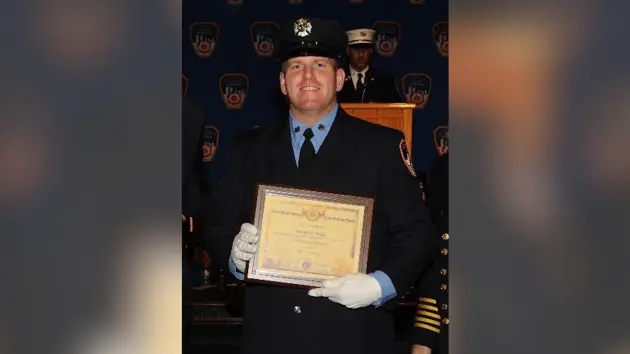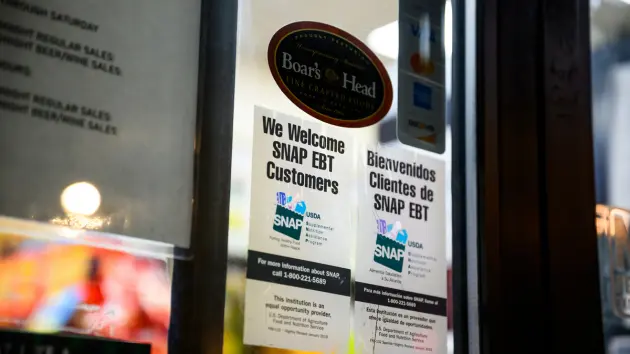There are 3 women who many have not heard of but who changed the way we think about food. We owe them so much. Two of them: MFK Fisher and Paula Wolfert spent a big part of their lives in the California wine country. The 3rd, Madeline Kamman, was here for a shorter time but changed the art of cooking for a generation of professional chefs.
PAULA WOLFERT, who lives in Sonoma, is one of the most influential chefs of our time. She authored eight cookbooks and countless articles over her nearly 50-year career.
Today, Paula is battling dementia, but she is not letting it slow her down. Emily Thelin authored a biography “Unforgettable,” where Paula’s spirit and the legacy of her renegade life are captured in one place. It is a great read with wonderful recipes.
After publishing her first cookbook Cous Cous in 1973 about this staple of Morocco, she moved around incessantly chronicling places and foods that many of us knew little about: Southwest France, Spain’s Catalonia, Sicily, Turkey and to the rest of the Middle East. She circled the Mediterranean many times and brought the concept of “Mediterranean Cooking” to the American culinary mainstream. She singlehandedly helped popularize foods we now take for granted: Couscous, Aleppo pepper, preserved lemons, tagines of Morocco, duck confit and cassoulet of southwest France, sumac, pomegranate molasses and more. Emily noted that “she legitimized a basic approach to cooking that all good chefs now embrace: She has a deep and genuine respect and reverence for foods of tradition and place.”
MADELEINE KAMMAN was a fierce and exacting chef and teacher. She did restaurants and cooking schools in France and America. Her own learning was inspired in childhood by her mother, aunts and great-aunts, whose cooking represented many regions of France. She dedicated her third book, When French Women Cook (Athenaeum, 1976) to writing down their recipes, most recorded for the first time, in an attempt to preserve a record of a France long since gone, and also determined to “bring back to life the women with worn hands stained by vegetables peeled, parched by work in the house, garden or fields, wrinkled by age and experience”, so her readers will know “that there was once a civilization that was human, tender, enjoyable and loveable.” Her dedication reads “This book, in its own way is a feminist manifesto, dedicated to the millions of women who have spent millennia in kitchens creating unrecognized masterpieces”.
She also argued for the status of women in the professional kitchen: “I took a stand”, she said, “on women in the professional kitchen before Women’s Lib came into the picture…I had transcended the limits imposed on women by generations of professional chefs and found myself succeeding in a so-called male profession”. She believed by the 1990s that the next generation would see as many women as men reaching the top. In a Boston Glove interview, she noted that “My food is as good as any three-star restaurant in France, and you can quote me”.
By the time she died in 2018 at age 87, Ms. Kamman had established a reputation as a strong-willed and demanding teacher of traditional French cuisine for modern tastes and an influential chef whose cooking was deeply informed by her knowledge of food chemistry, botany, history and geography. She authored 7 cookbooks and hosted a PBS series “Madeleine Cooks” from 1984 through 1991. Her “New Making of a Cook” published in 1997 is a seminal work and can certainly be the basis for a complete French culinary education.
She had a decade long connection to the wine country. From 1990-2000 she was the co-founder, sole instructor, and curriculum and course director of The School for American Chefs at Beringer Vineyards in California’s Napa Valley, teaching chefs with 2 to 15 years of experience. As described by one student: “short tempered, demanding attention and intolerance for mediocrity”. To be able to attend was a culinary coup and dream for most of us!
MFK FISHER. In Anne Zimmerman’s biography of MFK “An Extravagant Hunger: The Passionate Years of M.F.K. Fisher” describes her as America’s preeminent food writer and culinary Grande Dame. She has influenced today’s finest chefs, culinary writers, and legions of rabid readers and eaters. In a career spanning more than 60 years, Fisher’s career began in the 1930s and spanned decades, her intoxicating prose blending musings on food, love, sex, and the pleasures of eating well and reveling in the senses.
She wrote hundreds of stories for The New Yorker, as well as 15 books of essays and reminiscences. She produced the enduring English translation of Brillat-Savarin’s book “The Physiology of Taste,” as well as a novel, a screenplay, a book for children and dozens of travelogues.
In a New York Times piece following her passing they noted that “while other food writers limited their writing to the particulars of individual dishes or expositions of the details of cuisine, Mrs. Fisher used food as a cultural metaphor”. Ignored for years for her subject matter, she said in an interview in 1990, “caused serious writers and critics to dismiss me for many, many years. It was woman’s stuff, a trifle.” But she was not deterred. In 1943 she wrote in her book “The Gastronomical Me”: “People ask me: Why do you write about food, and eating and drinking? Why don’t you write about the struggle for power and security, and about love, the way others do?”. They ask it accusingly, as if I were somehow gross, unfaithful to the honor of my craft.
“The easiest answer is to say that, like most humans, I am hungry. But there is more than that. It seems to me that our three basic needs, for food and security and love are so mixed and mingled and entwined that we cannot straightly think of one without the others. So it happens that when I write of hunger, I am really writing about love and the hunger for it . . . and then the warmth and richness and fine reality of hunger satisfied . . . and it is all one. There is food in the bowl, and, more often than not, because of what honesty I have, there is nourishment in the heart, to feed the wilder, more insistent hungers. We must eat. If, in the face of that dread fact, we can find other nourishment, and tolerance and compassion for it, we’ll be no less full of human dignity.
There is a communion of more than our bodies when bread is broken and wine drunk. And that is my answer, when people ask me: Why do you write about hunger, and not wars and love.”
W. H. Auden called her “America’s greatest writer.” In a review of “As They Were,” (Alfred A. Knopf, 1982) for The New York Times Book Review, Raymond Sokolov wrote, “In a properly run culture, Mary Frances Kennedy Fisher would be recognized as one of the greatest writers this country has produced in this century.”
She passed in 1992 at 84 in the Glen Ellen cottage built for her by friend and patron David Bouverie, home now of the Audubon Preserve. In that cottage she spent the last 22 years of her life writing and entertaining the likes of James Beard, Maya Angelou and Julia Child.
From “A Bold Knife and Fork”, MFK noted that this could be made quite sophisticated by substituting some white wine for some of the tomato juice. It should be brought just to the steaming point and served immediately. For lunch or dinner chopped watercress is a fine addition. Or why not a spoonful of fresh caviar.
For recipes from this women go to:
John Ash c 2021




